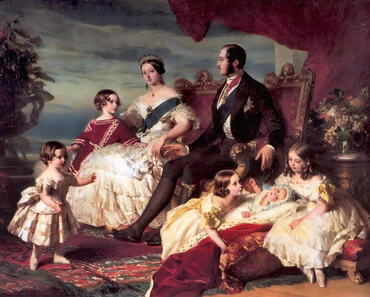4281. That by “the hollow of Jacob’s thigh was out of joint in his wrestling with him,” is signified that this conjunction was wholly injured and displaced in Jacob’s posterity, is evident from the signification of being “out of joint” in the sense in question, as being to be displaced, and thus to be injured. That the “hollow of the thigh” denotes conjunction, is manifest from what was said above (n. 4280); and because in the Word “Jacob” denotes not only Jacob, but also all his posterity, as is evident from many passages in the Word (Numbers 23:7, 10, 21, 2 23:23; 24:5, 1 24:17, 19; Deuteronomy 33:10; Isaiah 40:27; 43:1, 22; 44:1-2, 21; 48:12; 59:20; Jeremiah 10:16, 25; 30:7, 10, 18; 31:7, 11; 46:27-28; Hosea 10:11 Amos 7:2; Micah 2:12; 3:8; Psalms 14:7; 24:6; 59:13; 78:5; 99:4 and elsewhere).
[2] That Jacob and his posterity were of such a character that with them celestial and spiritual love could not be conjoined with natural good (that is, the internal or spiritual man with the external or natural man), is manifest from everything which is related of that nation in the Word; for they did not know, nor were they willing to know, what the internal or spiritual man is, and therefore this was not revealed to them; for they believed that nothing exists in man except that which is external and natural. In all their worship they had regard to nothing else, insomuch that Divine worship was to them no otherwise than idolatrous; for when internal worship is separated from external, it is merely idolatrous. The church that was instituted with them was not a church, but only the representative of a church; for which reason that church is called a representative church. That a representative of a church is possible with such people may be seen above (n. 1361, 3670, 4208).
[3] For in representations the person is not reflected upon, but the thing which is represented; and therefore Divine, celestial, and spiritual things were represented not only by persons, but also by inanimate things, as by Aaron’s garments, the ark, the altar, the oxen and sheep that were sacrificed, the lampstand with its lamps, the bread of arrangement upon the golden table, the oil with which they were anointed, the frankincense, and other like things. Hence it was that their kings, the evil as well as the good, represented the Lord’s royalty; and the high priests, the evil as well as the good, represented the things that belong to the Lord’s Divine priesthood, when they discharged their office in an outward form according to the statutes and precepts. In order therefore that the representative of a church might come forth among them, such statutes and laws were given them by manifest revelation as were altogether representative; and therefore so long as they were in them and observed them strictly, so long they were able to represent; but when they turned aside from them, as to the statutes and laws of other nations, and especially to the worship of another god, they then deprived themselves of the faculty of representing. For this reason they were driven by outward means, such as captivities, disasters, threats, and miracles, to laws and statutes truly representative; but not by internal means, as are those who have internal worship in external. These things are signified by the “hollow of Jacob’s thigh being out of joint,” taken in the internal historical sense, which regards Jacob and his posterity.







